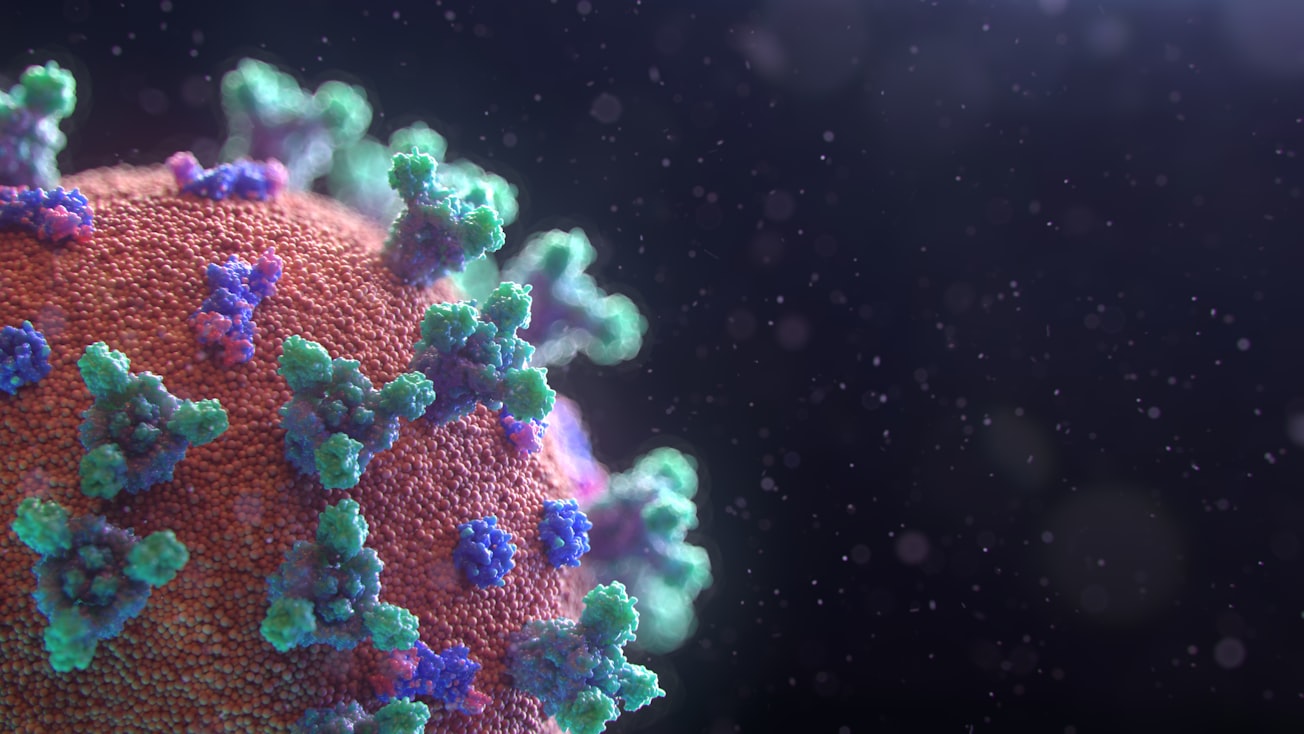What is it about?
Enzymes are the cellular machines responsible for every process occurring inside the cells, making them an inseparable part of life. They accelerate the cellular reactions extremely to make them occur in a biologically meaningful time. Because of this extreme catalysis capability, they are one of the leading biomolecules desired to be mimicked artificially. In this work, we imitated phosphatase enzymes, which catalyze the cleavage of phosphate groups from various biomolecules. To do that, we decorated catalytic amino acids, which directly take place in the catalysis, onto fullerene nanospheres. When these individual enzyme mimic molecules formed nanoclusters, random microenvironments were generated, and they performed catalysis of phosphate group cleavage. Later, we applied these enzyme mimics to cells and observed that they induce mineralization like the one found in the bone tissue. Moreover, the RNA cues from enzyme mimic treated cells showed that these cells differentiated into osteoblasts, the cells responsible for bone formation. All these data indicated that our artificial enzymes could imitate both catalytic and biological roles of native phosphatase enzymes.
Featured Image

Photo by Fusion Medical Animation on Unsplash
Why is it important?
Because our enzyme mimics could mimic catalytic and biological roles of native enzymes and are not toxic to cells, they have a high therapeutic potential. For instance, they can be included in tissue implants to help the regeneration of the bone tissue by inducing the differentiation of undifferentiated cells to bone maker osteoblast cells.
Perspectives
We believe that this study and our future studies, which combine the great force of chemistry and biology, will help us to combat various human diseases and make patients’ lives more comfortable.
Gülcihan Gülseren
Konya Gida ve Tarim Universitesi
Read the Original
This page is a summary of: Nanoarchitectonics of Fullerene‐Based Enzyme Mimics for Osteogenic Induction of Stem Cells, Macromolecular Bioscience, July 2022, Wiley,
DOI: 10.1002/mabi.202200079.
You can read the full text:
Contributors
The following have contributed to this page







